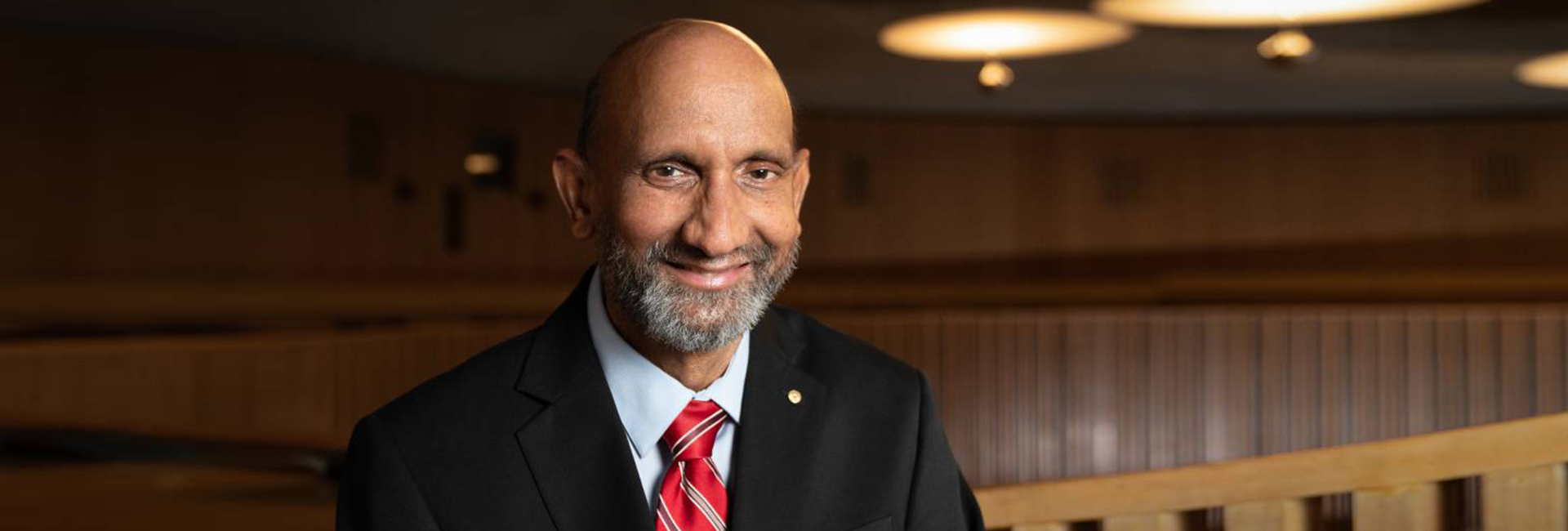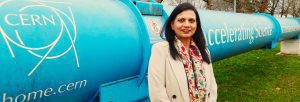(May 30, 2023) In the realm of deep tech, where science meets invention, a wave of remarkable advancements has been sweeping the landscape. Among the most exciting frontiers is quantum technology – a field poised to revolutionise multiple industries by unlocking unprecedented computational power and sensing capabilities. An Indian American innovator Dr. Prineha Narang, who is the Assistant Professor of computational materials science at Harvard University, stands at the forefront of this quantum revolution.
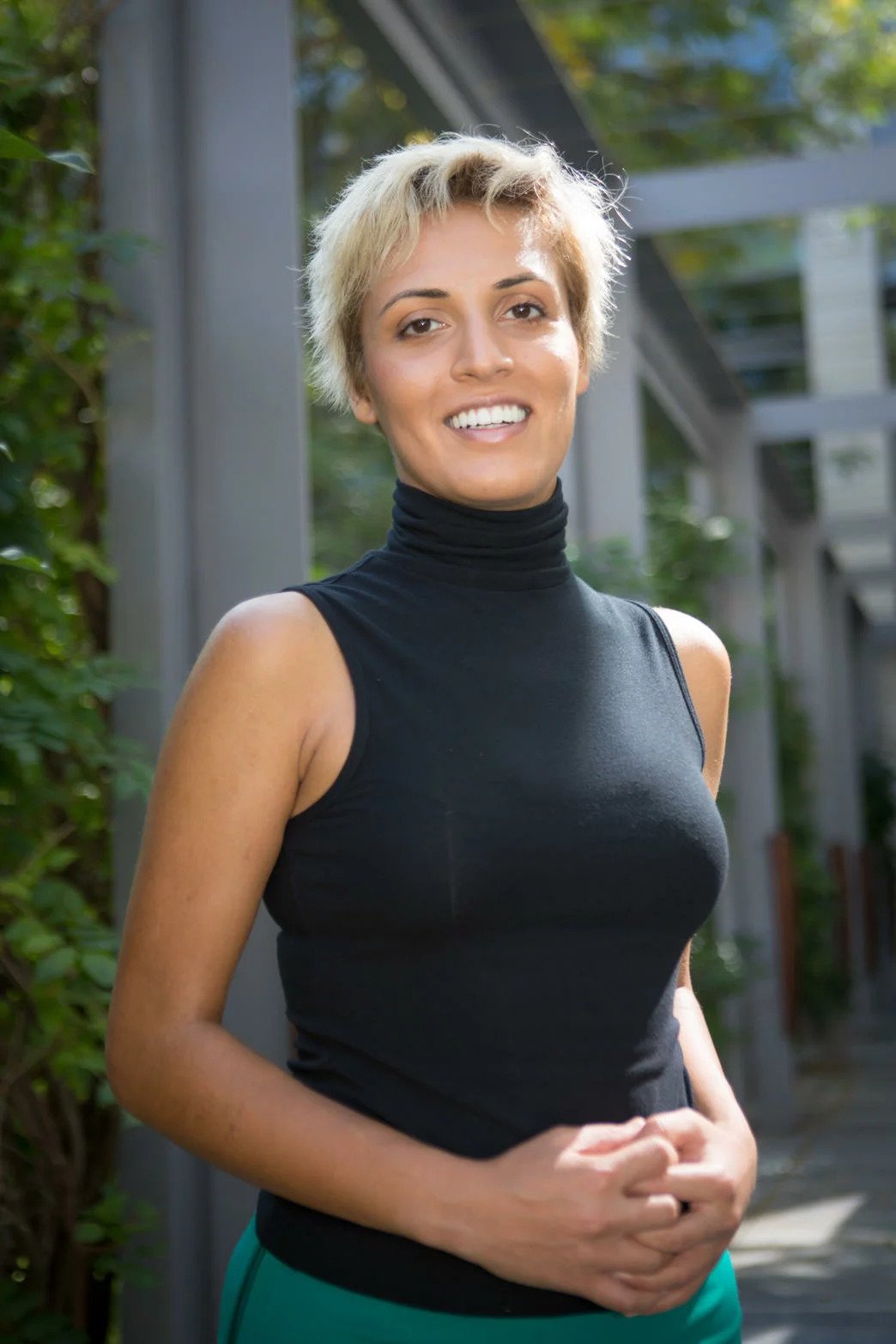
The innovator’s professional journey is marked by a relentless pursuit of big ideas and a dedication to harnessing quantum mechanics to address pressing global challenges. Currently, serving as a U.S. Science Envoy, approved by the Secretary of the USA to identify opportunities for science and technology cooperation, Dr. Narang was also selected as a 2018 Moore Inventor Fellow for her invention, a tiny quantum sensor, which uses a novel and previously unexplored interaction mechanism between light and molecules to sense and identify individual molecules. “Every day, I try to consider “what am I doing that’s most impactful?” I’m not just talking about publications, but an actual impact on people’s lives,” the Global Indian shared in an interview, adding, “For example, our group is using previously unexplored interactions between light and materials to create sensors that can rapidly identify environmental toxins. Technology like this could allow us to monitor changes in the ocean or the air on an unprecedented scale.”
Bridging science and environment
Dr. Narang’s journey as a scientist-inventor began with her early fascination with physics. From an early age, she excelled in grappling with complex equations and revelled in the interconnectedness between physics and various engineering disciplines. Speaking about her childhood, the innovator says, “Since a young age I was good at handling complex equations, and I liked how physics relates to so many other areas of engineering. At the same time, I always loved the outdoors. Many people thought I was strange for having these two passions that seem at odds with each other. However, at some point I realized that technology doesn’t have to compete with the environment – it can actually help.”
Interestingly, today her groundbreaking work involves leveraging quantum mechanics to tackle immense challenges like efficient energy technologies and monitoring the effects of climate change. “That viewpoint is now the foundation of my career. I like thinking about deep technology that doesn’t appear close to applications and asking how this technology can help the world. Currently, I’m working to develop inventions that harness the power of quantum mechanics to address big challenges like efficient energy technologies and monitoring the effects of climate change,” the innovator said.
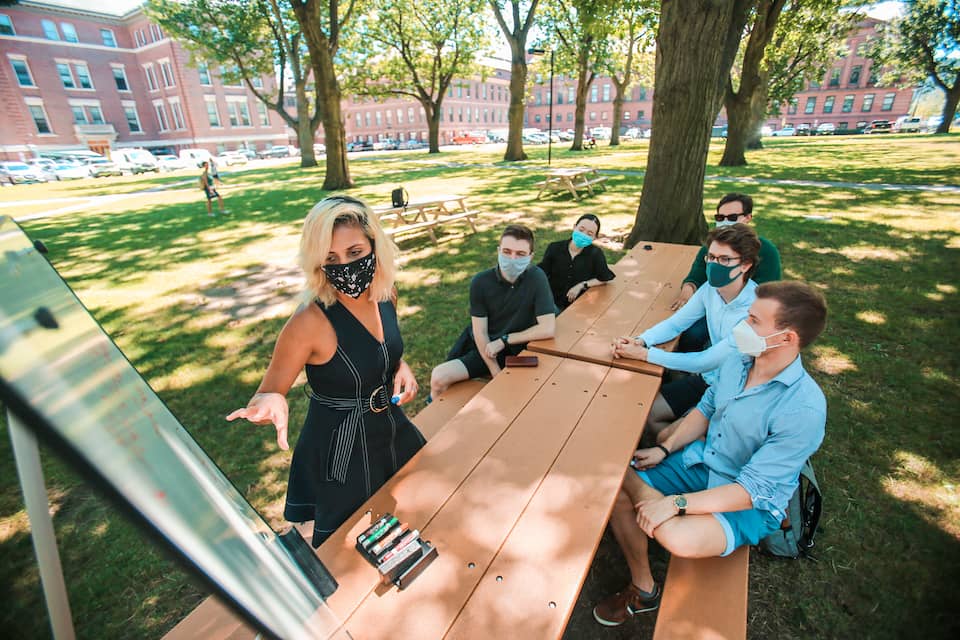
Dr. Prineha Narang taking a class at the UCLA
A brilliant student, Dr. Narang pursued a bachelor’s from Drexel University, where she obtained her Bachelor’s degree in materials science under the mentorship of Dr. Yury Gogotsi, focussing on the fascinating realm of nanomaterial design. The innovator went on to earn an M.S. and Ph.D. in Applied Physics at the prestigious California Institute of Technology (Caltech). And it was here that she had the privilege of working alongside the eminent physicist Dr. Harry A. Atwater, delving deep into the captivating realm of light-matter interactions.
Exploring the realm of quantum technology
During her time at Caltech, Dr. Narang’s brilliance and dedication were recognised through prestigious fellowships and grants. Quite early in her career, the innovator was bestowed the honour of being a Resnick Fellow, receiving support from the esteemed Resnick Sustainability Institute. But her journey to getting these grants was not always easy. Giving an insight into the challenges she faced, the innovator said, “One of the biggest challenges I face is convincing people that my ideas are worth supporting. There’s a lot of risk aversion, especially at the early stages of turning an idea into an invention. In addition, people often hear “quantum technology” and think it’s something far off in the distant future – but it’s not! We’re studying quantum interactions that can be used in actual devices with real use cases today.”
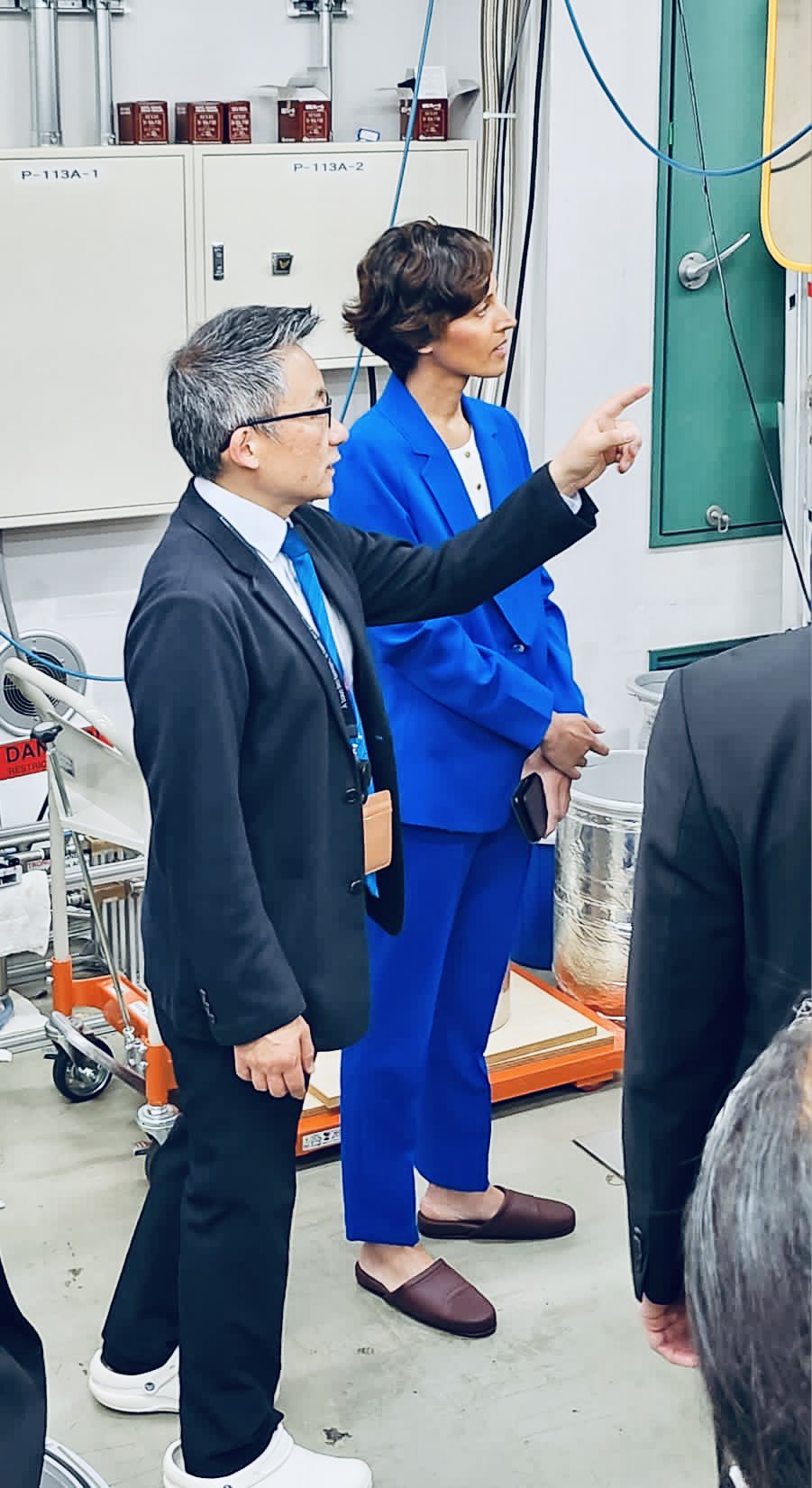
Dr. Narang with Antony J. Blinken, U.S. Secretary of State, learning about Japan’s quantum tech
In 2017, Dr. Narang was appointed to the faculty of the Harvard John A. Paulson School of Engineering and Applied Sciences. She designed a quantum sensing device that can detect and identify isolated molecules. As a junior faculty member, the pressure to “play it safe” is especially intense, as expectations often dictate focussing solely on one’s core expertise. “I have my core expertise, but I don’t want to be limited by that. Good science happens at the intersection of different fields. Being at Harvard gave me the freedom to break from the standard junior faculty trajectory, exploring other fields and collaborating with people whom I wouldn’t otherwise get to work with,” she shared.
Envisioning the future
Within a couple of years, Dr. Narang’s exceptional academic prowess led her to become a recipient of the National Science Foundation (NSF) Graduate Research Fellowship, a highly competitive and coveted award that recognises outstanding graduate students across the United States. This esteemed fellowship not only provided financial support but also served as a testament to the innovator’s remarkable achievements and potential as a scientific leader.
“People often misunderstand the trajectory of scientific progress. Even if something appears promising, there are still many things we can’t anticipate, and risk is inherent. Unfortunately, some researchers exacerbate this issue by overselling what their work could deliver, which leaves people feeling burned. This is especially common with quantum technology, and I’ve encountered a lot of cynicism when proposing my ideas,” the innovator had shared talking about how common people should look at scientific inventions and research.
The innovator, who recently won the prestigious IUPAP Young Scientist Prize in Computational Physics, a Friedrich Wilhelm Bessel Research Award (Bessel Prize) from the Alexander von Humboldt Foundation, and a Max Planck Sabbatical Award from the Max Planck Society, wishes to continue inspiring future generations of scientists, innovators, and inventors with her unwavering commitment to cutting-edge research and her relentless pursuit of knowledge.

Dr. Narang at the US-Korea quantum round table, along with other scientists
“I believe our research has the potential to make a significant impact in the world. To realize this potential, we need to bridge the gap between ideas and applications. We’ve already started one company dedicated to this goal, and in five years, I hope there will be more companies working to turn our group’s ideas into tangible solutions for a wide variety of challenges,” she said, adding, “As for me personally, my goal is to constantly reinvent myself as a scientist. I hope to continue evolving my research interests by embracing new ideas and working with an even more diverse group of collaborators. I truly believe that to make real progress, you have to step out of your comfort zone.”
- Follow Dr. Prineha Narang on LinkedIn

